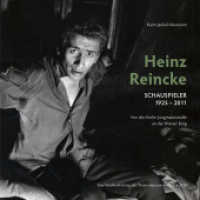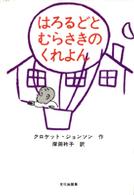- ホーム
- > 洋書
- > 英文書
- > History / World
Full Description
The Routledge Handbook of Diet and Nutrition in the Roman World presents a comprehensive overview of the sources, issues and methodologies involved in the study of the Roman diet. The focus of the book is on the Mediterranean heartland from the second century BC to the third and fourth centuries AD.
Life is impossible without food, but what people eat is not determined by biology alone, and this makes it a vital subject of social and historical study. The Handbook takes a multidisciplinary approach in which all kinds of sources and disciplines are combined to study the diet and nutrition of men, women and children in city and countryside in the Roman world. The chapters in this book are structured in five parts. Part I introduces the reader to the wide range of textual, material and bioarchaeological evidence concerning food and nutrition. Part II offers an overview of various kinds of food and drink, including cereals, pulses, olive oil, meat and fish, and the social setting of their consumption. Part III goes beyond the perspective of the Roman adult male by concentrating on women and children, on the cultures of Roman Egypt and Central Europe, as well as the Jews in Palestine and the impact of Christianity. Part IV provides a forum to three scholars to offer their thoughts on what physical anthropology contributes to our understanding of health, diet and (mal)nutrition. The final section puts food supply and its failure in the context of community and empire.
Contents
Contents;List of Figures and Tables ;Note on Contributors; Introduction Paul Erdkamp and Claire Holleran;Section 1: Evidence and Methodology Textual Evidence: Roman Reflections of Realities Kim Beerden;Visual Evidence Shana O'Connell;Material Evidence on Diet, Cooking and Techniques L. M. Banducci;Investigating Roman Diet through Archaeobotanical Evidence Alexandra Livarda;The Contribution of Zooarchaeology Paul Halstead;The Bioarchaeology of Roman Diet Chryssi Bourbou;Section 2: Food and Drink Roman Meals in their Domestic and Wider Settings John Donahue;Cereals and Bread F. B. J. Heinrich;Pulses. M. Hansen and F. B. J. Heinrich;Olives and Olive Oil Erica Rowan ;Wine and other Beverages Wim Broekaert;Meat and other Animal Products Michael MacKinnon;Fish and Seafood Annalisa Marzano;Section 3: Peoples and Identities Women, Children and Food Christian Laes;Central and Northern Europe Tünde Kaszab-Olschewski;Jews in Palestine David Kraemer;Egypt Willy Clarysse;The Impact of Christianity on Diet, Health, and Nutrition in Late Antiquity Emmanuelle Raga;Section 4: A Forum on Energy, Malnutrition, and Stature Using Skeletal Remains as a Proxy for Roman Lifestyles: the Potential and Problems with Osteological Reconstructions of Health, Diet, and Stature in Imperial Rome Kristina Killgrove;Comparative Perspectives on Nutrition and Social Inequality in the Roman World Geoffrey Kron;Skeletons in the Cupboard: Femurs and Food Regimes in the Roman World Miko Flohr;Section 5: Food on the Market and in Politics;Market Regulation and Intervention in the Urban Food Supply Claire Holleran ;Famine and Hunger in the Roman World Paul Erdkamp;Bibliography ;Index






